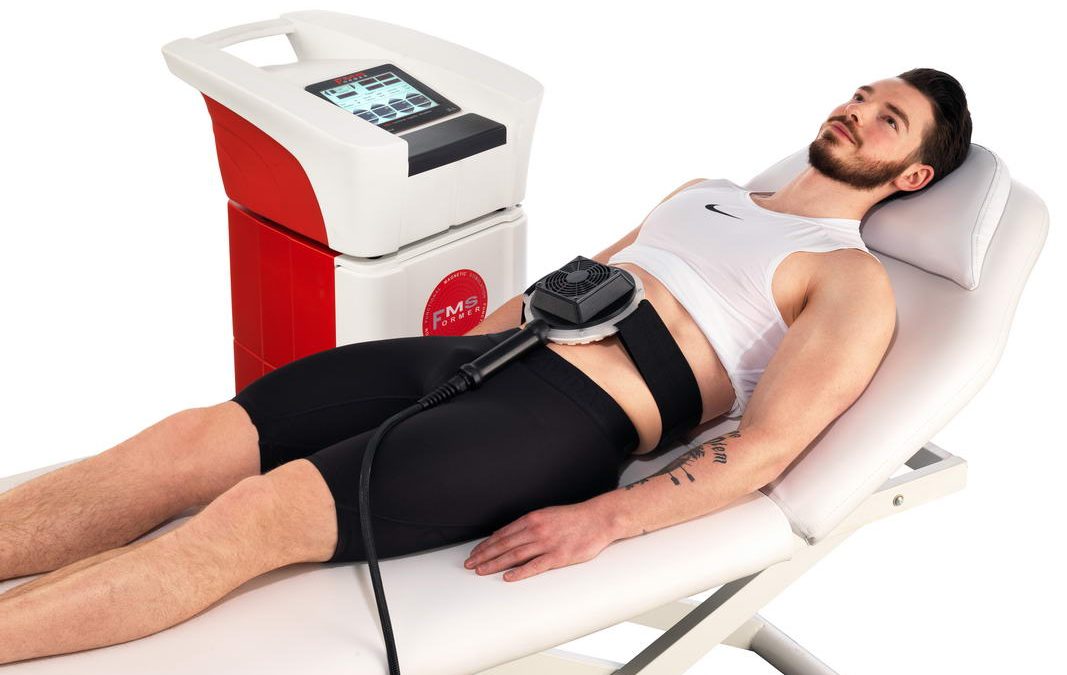Urinary incontinence has many names: including the likes of weakened pelvic floor muscular tissues and ‘unintentional pee-pee’ syndrome. However severe, there is a grave difficulty that humans are afflicted with, known as urinary incontinence which affects 2 hundred million people globally.
What are the different styles of urinary incontinence?
There are various types of urinary incontinence that including pressure incontinence ( stress incontinence) and urge incontinence. With pressure incontinence (stress incontinence) urine can from time to time leak when strain is placed onto the bladder consisting of coughing, sneezing, laughing, workout, or heavy lifting. This can result from vulnerable pelvic ground muscle groups. Urge incontinence is sometimes associated with neurological situations and bladder muscle groups. This sort of incontinence will place urgency on needing to pee.
How do you restore urinary incontinence?
There are numerous approaches to remedying urinary incontinence, which include exercising and physiotherapy, and making it a daily habit to tighten and contract your muscles, imagining that you’re trying to stop yourself from peeing.
The completely non-invasive system using FMS – the teslachair
Tesla chair is a totally non-invasive system that strengthens muscle tissues which can cause ‘injuries’ when people cough, sneeze and leap. The treatment is completely safe, and painless, and is used by gyno & urogyno experts around the world.
How it works
You’ll sit down in the tesla chair fully clothed. It offers powerful electromagnetic waves at once into your pelvic vicinity. In the course of this time, the powerful magnets induce a current that triggers the motor nerve machine of the frame, stimulating the muscle mass.

